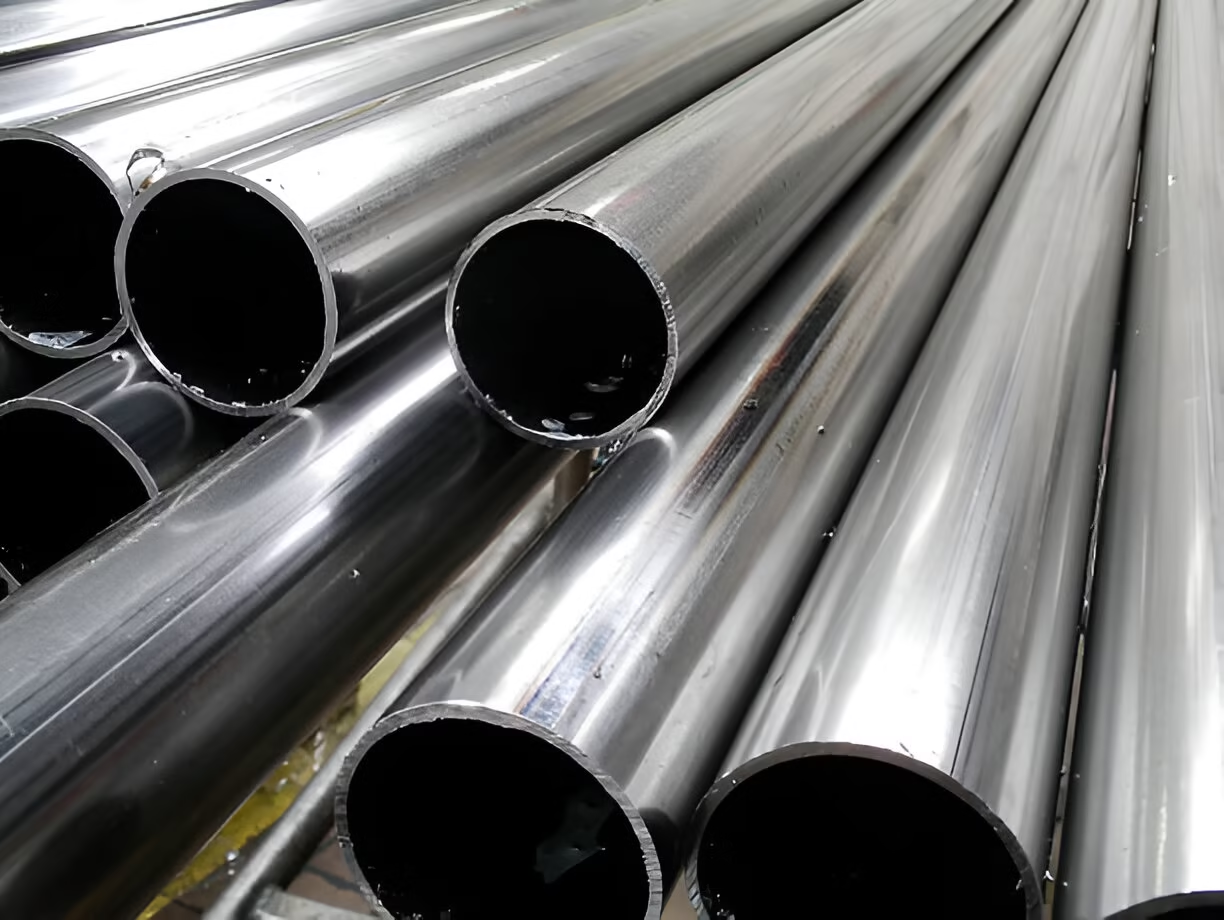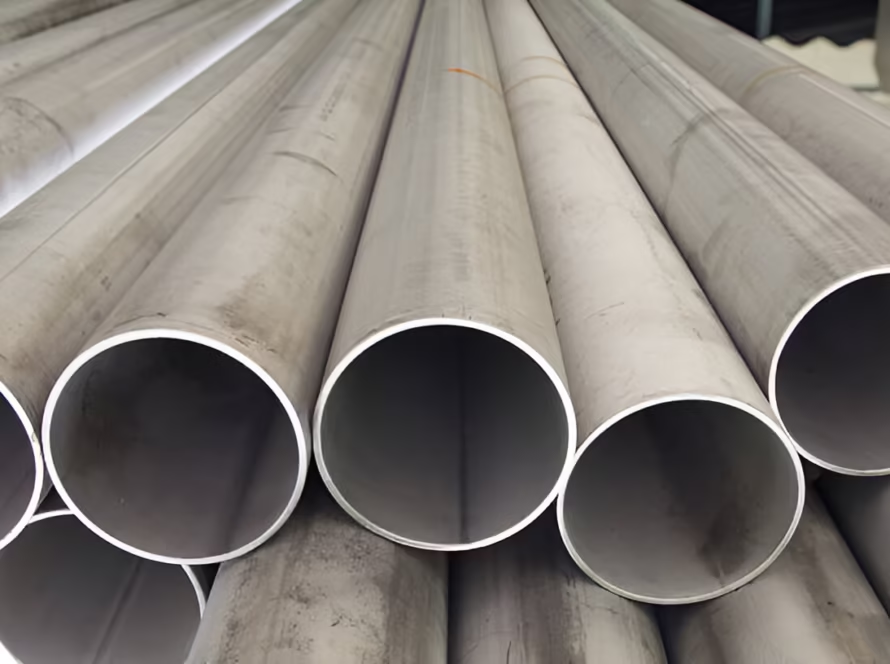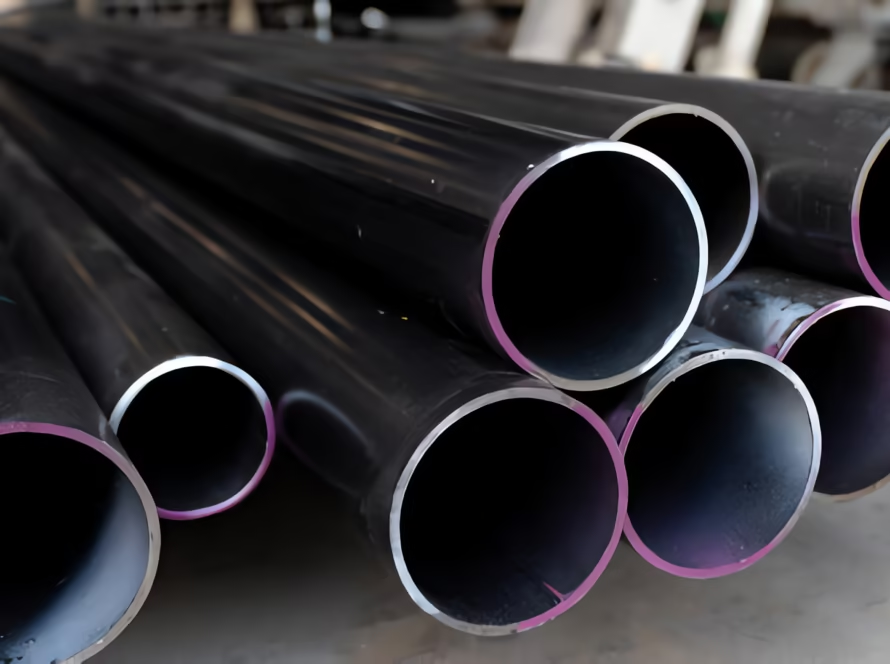What Is The Difference Between 304 And 316 Stainless Steel Tubing?
In the era of the booming stainless steel industry, there is a commonplace topic that has always been inseparable from us, that is, what is the difference between 304 and 316 stainless steel pipes? When should 304 stainless steel pipes be used? When do you need to use 316 stainless steel pipes?
Chemical composition
304 stainless steel pipe
| Element | Content (%) | Role / Behavior |
|---|---|---|
| Carbon (C) | ≤ 0.08 | Controls strength; higher C improves strength but may reduce corrosion resistance |
| Manganese (Mn) | ≤ 2.00 | Improves hot-working properties and toughness |
| Silicon (Si) | ≤ 1.00 | Improves oxidation resistance |
| Phosphorus (P) | ≤ 0.045 | Generally detrimental; kept low to maintain toughness and corrosion resistance |
| Sulfur (S) | ≤ 0.030 | Impacts machinability but can reduce corrosion resistance |
| Chromium (Cr) | 18.0 – 20.0 | Key for corrosion resistance and formation of passive oxide layer |
| Nickel (Ni) | 8.0 – 10.5 | Stabilizes austenitic structure; improves ductility and corrosion resistance |
| Nitrogen (N) | ≤ 0.10 | Increases strength and corrosion resistance slightly |
304 stainless steel pipe is one of the most common stainless steel pipes. It contains 18%-20% chromium (Cr) and 8%-10.5% nickel (Ni). Compared with carbon steel pipe, 304 stainless steel pipe has better corrosion resistance.
316 stainless steel pipe
| Element | Content (%) | Role / Behavior |
|---|---|---|
| Carbon (C) | ≤ 0.08 | Controls strength; also influences corrosion resistance |
| Manganese (Mn) | ≤ 2.00 | Improves toughness and hot-working properties |
| Silicon (Si) | ≤ 1.00 | Improves oxidation resistance |
| Phosphorus (P) | ≤ 0.045 | Reduced to improve corrosion resistance |
| Sulfur (S) | ≤ 0.030 | Impacts machinability and corrosion resistance |
| Chromium (Cr) | 16.0 – 18.0 | Provides corrosion resistance and passivation |
| Nickel (Ni) | 10.0 – 14.0 | Austenite stabilizer; enhances toughness and corrosion resistance |
| Molybdenum (Mo) | 2.0 – 3.0 | Greatly enhances resistance to pitting and crevice corrosion, especially in chloride environments |
| Nitrogen (N) | ≤ 0.10 | Adds to strength and corrosion resistance |
316 stainless steel further adds metal molybdenum (Mo) on the basis of 304, which can further enhance the corrosion resistance of 316 stainless steel pipe, especially in the environment containing chloride.
Application Areas
From the previous conclusion, it can be concluded that 316 stainless steel pipes are more corrosion-resistant than 304, making it an ideal choice in acidic environments. Therefore, 316 stainless steel pipes are widely used in petroleum, petrochemical, marine environment, ships, etc.
304, as a common austenitic stainless steel pipe, is mainly used in the food industry, cryogenics, medical treatment, etc.
How to choose the right stainless steel pipe
TORICH is a steel pipe supplier with 20 years of production and service experience. We can customize high-quality and cost-effective steel pipes according to your needs, helping you maximize the value, reliability and performance of your design. We also provide post-processing services to achieve one-stop steel pipe procurement services. If you have any needs, please contact us immediately. Our professional industry engineers will discuss with you whether you are using 304 or 316 steel pipes, which is more cost-effective.







1 Comment
kraken
Это полезно.